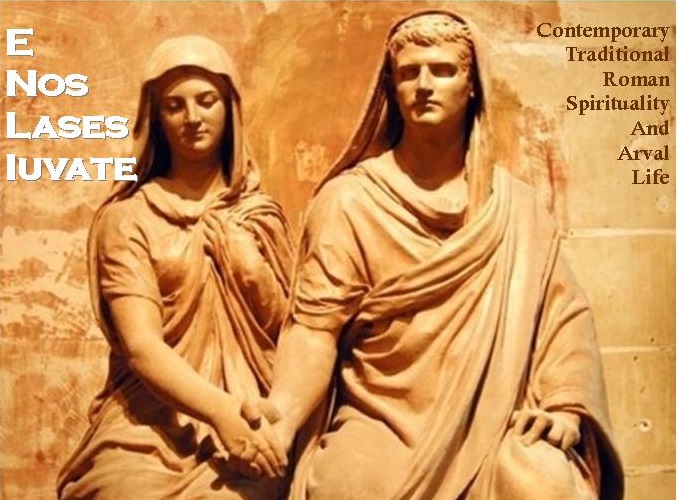I believe that the main aim of a religion as well as any other spiritual credo should be directed to the achievement of personal peace, harmony, balance towards ourselves, other people, Nature, the world around us, the Universe inside us and the universe around us. A religion should be aimed to help us in overcoming our fears: fear of Death, but also, and maybe more important, fear of Life. Quite paradoxically, the de-sacralized society based on monoteism and technology has removed Death as a fear, but remarkably amplifying the fear of Life
If a religion is only a series of norms, prohibitions, fears, rules and rigid rites unable to provide us with such peace and harmony, then this religion is not for us, but rather against us.
Within a traditional polytheistic perspective based on the Latin-Roman heritage, we accept any path capable to direct us to the Via: for this aim, we are referring to this great spiritual heritage from the Roman tradition and if, along this path, we perceive peace and serenity, it means that we are "cultivating Gods/Goddesses" (colere Deos/Deas), we are "cultivating our lives" like a good farm in his field.
Only in this way, any rite, even the simplest one, may acquire a great meaning: a libatio but also sharing a simple bowl of soup and a glass of wine at supper with our family or with some friends, can become a great liturgy. Without this practical and spiritual simplicity and sincerity, great rites are only shows: nothing else.
When Plotinus says that: "I have not to go to the Deities but they have to come to me", he describes this concept: we must be in the better spiritual condition, through the Pietas and Virtus, to meet them, calming our mind and spirit, free our soul from the superfluous everyday life throw to us, becoming capable to receive these guests.
Overcoming the fear of Life: this is also another important aspect and result of the Pax Deorum




